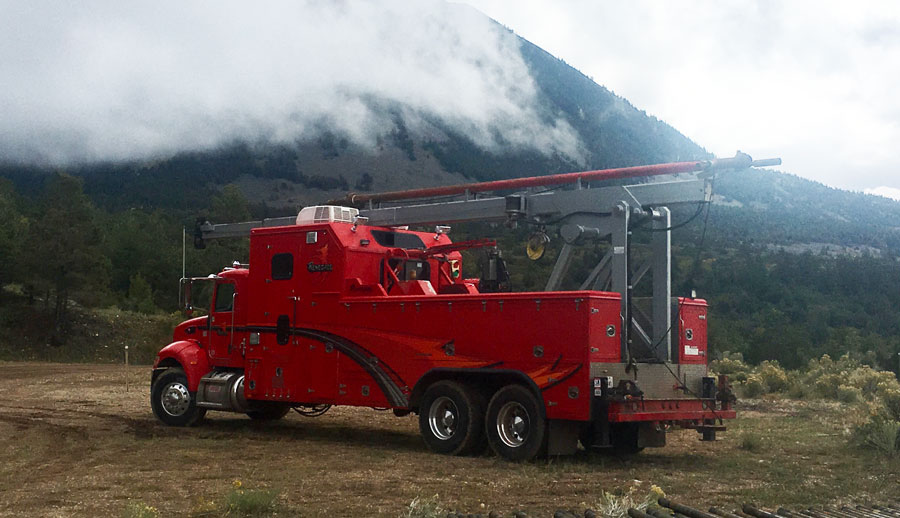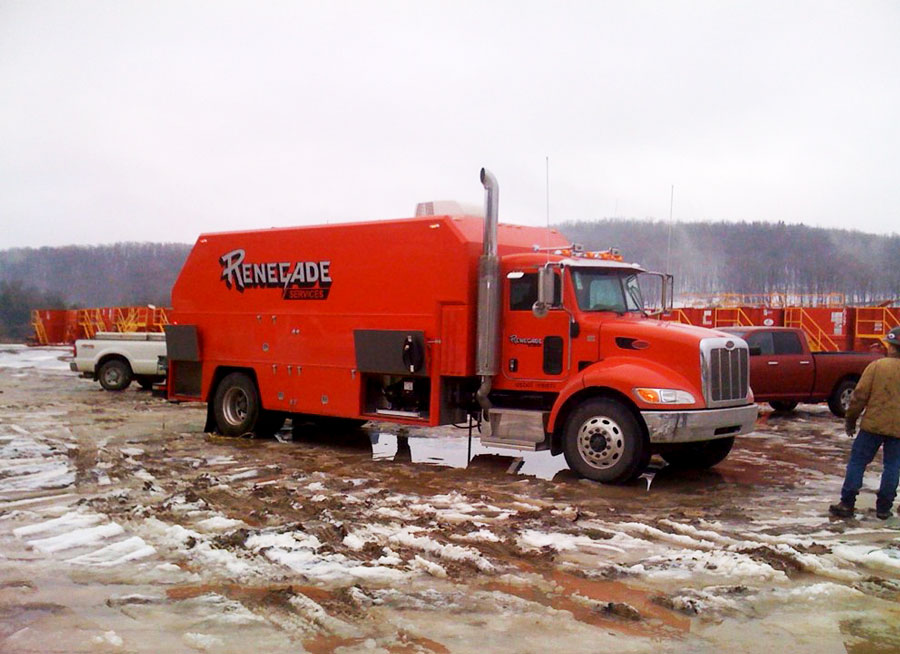After drilling a well that is meant to become a production well, it will go through completion. Although well-drilling cuts through the rock formations and lets drilling engineers reach the reservoir below, the well’s raw sides can’t support themselves. Casing is set inside the drilled well to give the wellbore protection and support. It includes the use of some of the new products from Renegade Wireline Services.
Casing gives stabilization and keeping the well’s sides from caving in on themselves. Also, it protects the well stream from external contaminants and any freshwater reservoirs from the gas or oil being produced. Casing is also called setting pipe that includes running a steel pipe down the inside of a drilled well. Cement is used to fill the small space between the casing and the untreated sides of the well so the casing will be permanently set in place.

How to Case a Drilled Well
Casing is fabricated in sections that are often around 40 feet long. It is screwed together to form longer casing lengths known as casing strings. Every end of the casing joint comes with male threads protected by a thread protector until it is time to join the casings. Then, coupling is used to connect the two male joint ends. To ensure a tight seal, a thread compound is used.
Operators run the casing into the well which will be landed when the casing string’s weight is transferred to the casing hangers situated at the top of the well. After running the casing, the operator inserts a drill bit into the well through a drill string to circulate the drilling fluid to eliminate any cuttings from the well. Then, a cement slurry is pumped into the well and left to harden to fix the casing in place.

Casing Programs
There are cases when the well is drilled in stages known as a casing program. This involves drilling a well to a certain depth, cased and cemented, and drilling it to a deeper death, and so on. Whenever the well is cased, the operator uses a smaller diameter casing. In some wells, operators run protection or intermediate casing to separate difficult areas or problem zones such as areas. Other kinds of casing include the conductor pipe, surface casing, and the production or oil string. Sometimes, a linear casing is run into the well in place of a casing string to save money. A liner string is hung in the well using a linear hanger and cemented into place.
